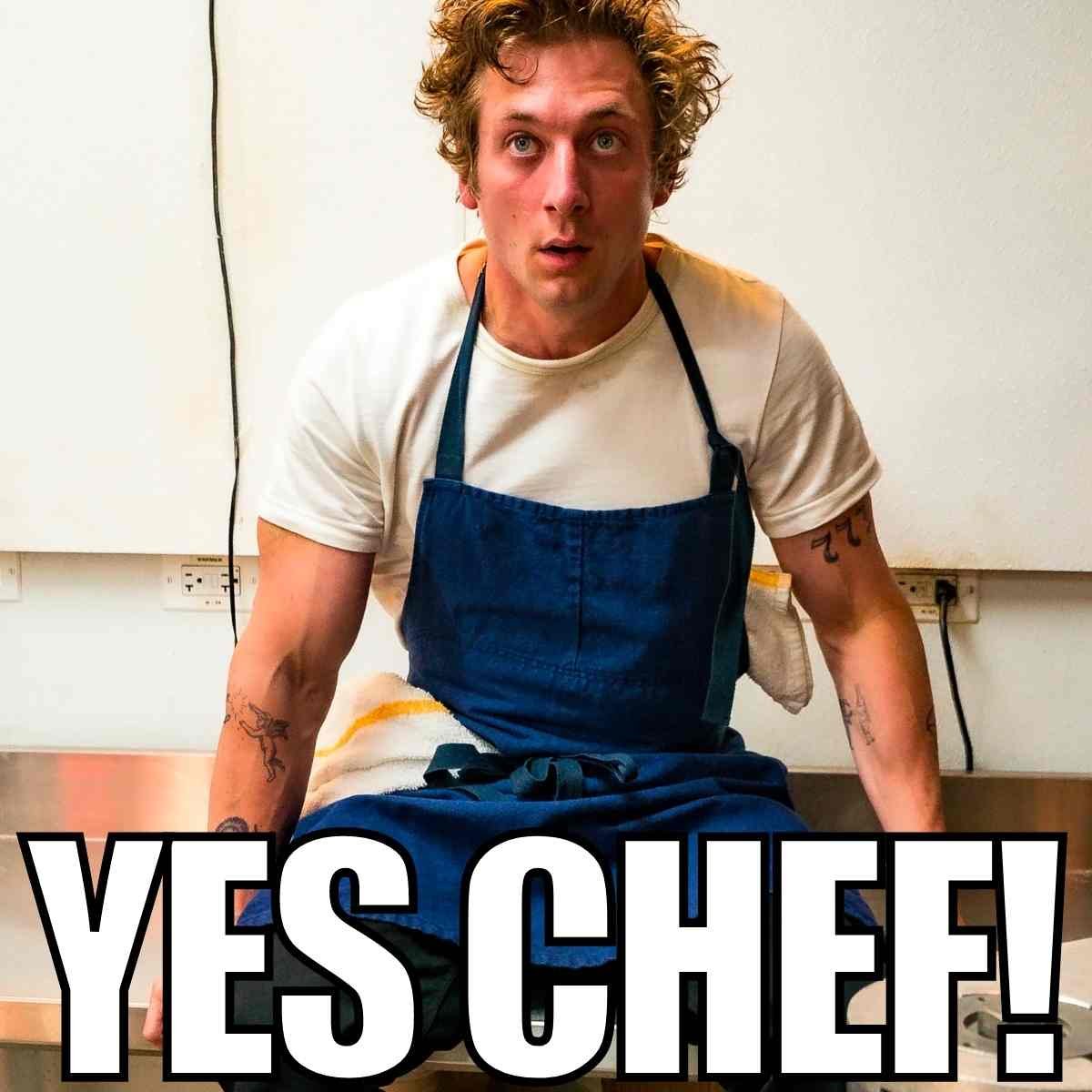2024W7: Popular Storytelling Models
Breaking news: The first episode of Instructor Notes podcast is live!!! I’ve loved the conversations I’ve had so far. Connecting with people is THE BEST!!! For this first episode, I am so proud to interview one of the most compelling and successful leaders I know, Colette Ching! Her energy is just <chef’s kiss> — it will keep you going for days! And my co-host, the stupendous Lisa Teichner, helps me to introduce Colette. Please give the episode a listen and let me know what you think!
I’m one day late posting this weekly blog update, but that’s OK. Seven weekly posts is more than I’ve been able to sustain before, and it’s feeling habitual so that is very, very positive. I outlined a 20-minute presentation at the Keller Williams Family Reunion convention later this month. The topic: Storytelling.
I’ll post the outline and maybe some resources from the final presentation as it gets closer to finished. For now though, I took stock of storytelling models I’ve learned over the years and want to share them here:
The Hero’s Journey by Joseph Campbell
This storytelling model itself is mythologized IMO! It’s way too complex for my needs, but people who use it love it.The Story Spine by Kenn Adams, re-popularized by Pixar, as included in Pixar’s 22 Rules for Storytelling
I have found this model useful when planning a story that serves as a through-line in a presentation, from start to finish.Public Narrative by Marshall Ganz
You might recognize parts of this (the story of self, the story of us, the story of now) but all of them together are known as Public Narrative.Three-Act Structure by Syd Field
This is taught in probably every single screenwriting class out there!
The model that works best for me for storytelling in training and presentations is the Three-Act Structure. It’s simple, it’s recognizable, it’s the best choice for me 95% of the time. Stay tuned — I’ll share more of the presentation itself soon!
Storytelling Observations from The Bear, Part 1
I enjoyed Hulu’s The Bear last summer when season one aired. I was thrilled that season two was dropping this summer — no multi-year wait for me.
If you’ve watched the show and haven’t said this unironically in any context outside of a kitchen, are you really a fan?
BTW at least in this post, there are no spoilers. In future posts on the topic, I’ll give fair warning if I plan to discuss specific plot points.
Let me start by saying that Six Feet Under has represented peak TV storytelling for me, for like 20 years now. Nothing has come close to topping it until now, and since The Bear is only two seasons long and each episode is about 25-30 minutes, I allowed myself to geek out and drill down to tease out why it seems like a masterclass on a specific type of storytelling.
And I’m not sure yet what takeaways will apply at all to the training, public speaking, facilitation, and general communication work that I do. But when I figure it out, I promise I’ll share. 😊 For now, here are some takeaways to get the conversation started…
The Bear’s storytelling style is severely economical
My biggest takeaway from season 1 is how much story could be told in a 20-25 minute episode. I got so much story, in such a short period of time, that I felt exhausted after each episode! (And I was still left wanting more, which I will have to dissect later.)
It’s a little like reading Hemingway — you don’t think that such a short little novel will do much, but maybe you also walk away 150 pages later with your perspective on life changed. So it is with The Bear. There’s something about spare and truly intentional dialogue — no words are wasted. Every word and scene does a specific job and probably multiple jobs, really, really well.
You can communicate massive shifts through tiny details
Related to the intentionality of dialogue and words, some characters in The Bear get stuck because they can’t stop getting in their own way. And the progression of these characters’ journeys through challenge and growth is often told to the audience in the most minute details — a word, a gesture, a look on their face.
Who needs five minutes and the entire cast to explain through words and dialogue that the story is changing direction, when one character can take a ten-second glance across the room to say the same thing?
The same phrase can say different things
The vocabulary of The Bear reflects the vocabulary used in professional kitchens everywhere (or so I’ve heard 🥴). Who among us has not uttered, “Yes Chef!” in casual and lighthearted conversation after bingeing a few episodes of The Bear?
And yet, when you put down your phone and really watch with your eyeballs each scene of the show, and you tune in to those facial expressions and tones of voice, each “yes, chef” can communicate a totally different subtext every single time. There’s the “yes, chef” of wholehearted agreement; the “yes, chef” of resentful compliance; the “yes, chef” of ride-or-die loyalty; and about a thousand other variations in just two seasons.
That’s masterful storytelling when you can use the same two words to communicate nearly the entire range of human emotion!
I’ve got more thoughts but I will take a break here. How about you? Anything you are noticing about storytelling from watching The Bear?


